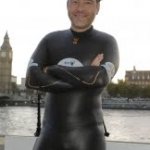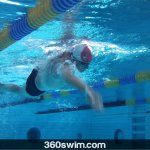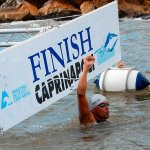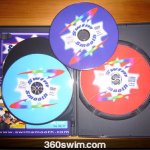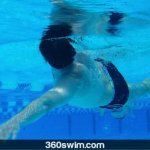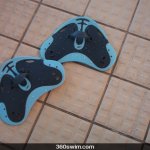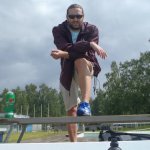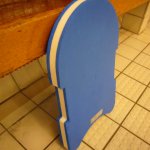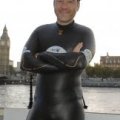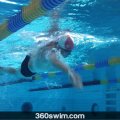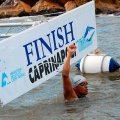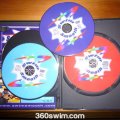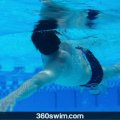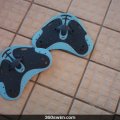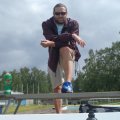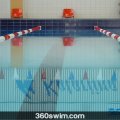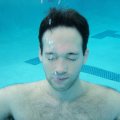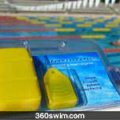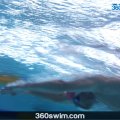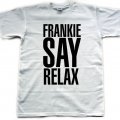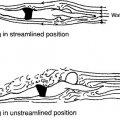WHY TRIATHLETES SHOULD DITCH THE PADDLES AND FOCUS ON TECHNIQUE
Triathletes are among the toughest athletes out there. Combining three totally different sports into one race is an art form.
However, there is a major misconception in how many triathletes train for the swim leg. Many apply the same "power-first" logic of cycling and running to the pool, resulting in wasted energy and frustration.
This article explains why you need to stop training like a runner in the water, why you should put down the paddles, and how focusing on technique will save your energy for the bike and run.
Dive Into: Smarter Swim Training for Triathletes
- The Trap: Treating Swimming Like Cycling
- The Physics of Water: Why Drag Matters More Than Power
- The "Paddle Nazi" Syndrome
- The Solution: Drills Over Gear
- Frequently Asked Questions
The Trap: Treating Swimming Like Cycling
The problematic area in triathlon training is that the three sports are fundamentally different.
Many triathletes (and even some coaches) are experts in running or cycling and try to apply the same training regimes to swimming. This usually means high volume and high intensity with a focus on building muscle power.
While this works on the road, it fails in the pool. Swimming is unique because you have to move through water, which is nearly 800 times denser than air.
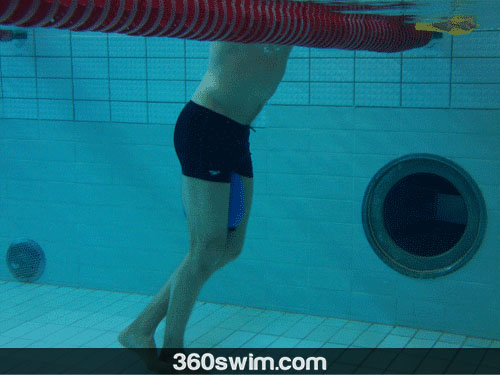
The Physics of Water: Why Drag Matters More Than Power
Because water is so dense, it is extremely important that the swimmer's body produces very little drag.
Just understanding this fundamental difference is the first step to faster swimming.
- On the bike: More power usually equals more speed.
- In the pool: Better body position equals more speed.
If you have poor balance or low hips, adding more power (via paddles) just makes you a faster plow. You are fighting the water rather than slipping through it. Believe it or not, the better your positioning and balance, the more power you can actually generate later.
The "Paddle Nazi" Syndrome
It is easy to recognize triathletes among other swimmers in the pool. They spend most of their time swimming with huge hand paddles and pull buoys, trying to increase the power output of their arms to "save their legs" for the bike.
I call this the "paddle nazi" syndrome.
While logical at first glance (tired legs from bike ride, focus on arm power), overuse of hand paddles is detrimental if there are flaws in your stroke (and for beginners, there always are). Paddles put massive strain on the shoulders and can mask balance issues because the pull buoy keeps your hips up artificially.
The Solution: Drills Over Gear
If I were to give just one piece of advice to a triathlete trying to improve their swim, it would be:
"Drop the hand paddles and pull buoys and start incorporating proper swimming drills into your workouts instead."
I know that it can be boring to focus on the basics, however, just this minor shift in attitude can produce huge results.
- Focus on Balance: Use drills like the arm lead balance drill to learn how to keep your body horizontal without a buoy.
- Focus on Feel: If you must use gear, try antipaddles or palm paddles that increase your feel for the water rather than just adding resistance.
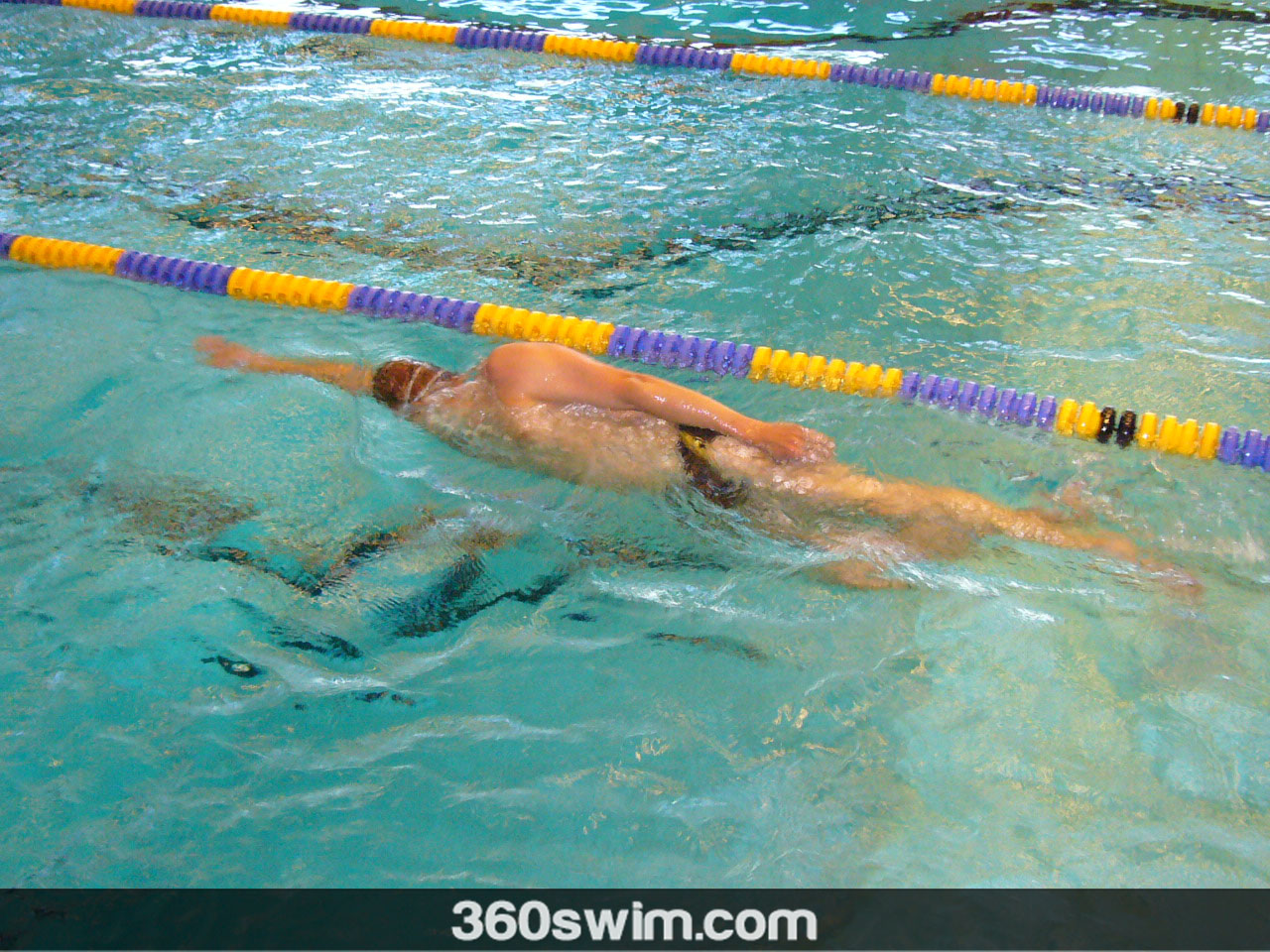
Remember, the more relaxed and balanced you feel in the water, the faster you will swim and the more energy you'll have left to crush the bike and run.
So next time you are in the water, ask yourself: Why am I using the paddles? Is it because you saw other people using them, or because they actually help your technique?
If you simply want to increase upper body strength, use dryland stretch cords. But in the pool, focus on efficiency.
Hopefully, I convinced you that swimming needs a different approach than running and cycling. Remember, the more relaxed and balanced you feel in the water, the faster you will swimvand the more energy you'll have left to crush the bike and run.
(For more creative ways to use gear, check out our post on 8 ways to use hand paddles.)
Frequently Asked Questions
Should triathletes use hand paddles and pull buoys?
While they have their place, most triathletes overuse them. Relying on paddles and buoys to build power often masks poor technique and body position flaws. It is better to focus on drills that improve efficiency first.
Why is swimming training different from running and cycling?
Running and cycling are primarily power-based sports in the air. Swimming is a technique-based sport in water, which is much denser. Reducing drag through better technique yields faster results than simply adding more muscle power.
What is the most common mistake triathletes make in the pool?
The most common mistake is neglecting body position in favor of brute strength. Many triathletes swim with low hips and use paddles to compensate for a lack of balance, which leads to wasted energy.
How can I improve my swim time without using paddles?
Focus on reducing drag. Incorporate balance drills, work on your streamline, and improve your rotation. Swimming smoother is almost always faster (and less exhausting) than swimming harder.
Are there any paddles that actually help with technique?
Yes. Instead of large power paddles, try 'antipaddles' or strapless agility paddles. These tools rely on water feel and correct hand entry, forcing you to swim with better form rather than just adding resistance.
 LNURL1DP68GURN8GHJ7URP0YHRXD3SWDMKJMFWVDHK6TMVDE6HYMRS9A4HSCNCWFXSH3NN0H
LNURL1DP68GURN8GHJ7URP0YHRXD3SWDMKJMFWVDHK6TMVDE6HYMRS9A4HSCNCWFXSH3NN0H